As I’ve been renovating my old questions, I’ve noticed a few patterns. Here are the “techniques” I’ve been going back to, over and over, to improve my questioning.
🍲 Taste Your Soup – I’d never serve a guest soup that I hadn’t sampled first. But I constantly gave my students questions that I hadn’t even proofread 😓. So, the simplest way to ask better questions is to try answering your own questions. Don’t give students rough drafts. More on that here.
🧠 Focus on Brains, Not Hands – “Create a 3D, virtual reality, animated model of the planets in order” is at the same level of thinking as “Write a list of the planets in order.” Students are reciting already known information. It just looks nicer. We want to focus on thinking, not the product.
🪜 Write Scaffolded Sequences – Never ask one question and jump away to another topic. Ask sequences of questions. The first question in a sequence is simple. Then, we ease students towards higher-level thinking. A great lesson won’t target just one level of Bloom’s. It will climb several levels. Read more about sequences.
🔪 Sharpen Those Questions! – Get specific. Get weirdly specific. Specific questions make people stop and think. Imagine answering “What is a great movie that you just don’t like?” compared to “What’s your favorite movie?” Read more about getting specific.
⚖️ Get To Analyze – I aim for the Analyze level of Bloom’s. This level is the key. Otherwise, I either stop my questioning below this level or I jump right over it, overwhelming my students. Once students are Analyzing, it unlocks the Evaluate and Synthesize levels of thinking. So, always get students to compare, contrast, or categorize. Read more on why I ❤️ Analyze.
✅ Checkpoints. Wait. How do you handle all of these tasks and questions? In my class, I’d give just one task at a time. Then students would bring me what they came up with. I’d either check it off and give them the next task, or I’d say, “Hmm, I think you could do better,” and hand it back. This way, I’m ensuring quality all the way up, I’m taking care of grading as I go (very few things need an actual grade), and I’m interacting with all of my students.

